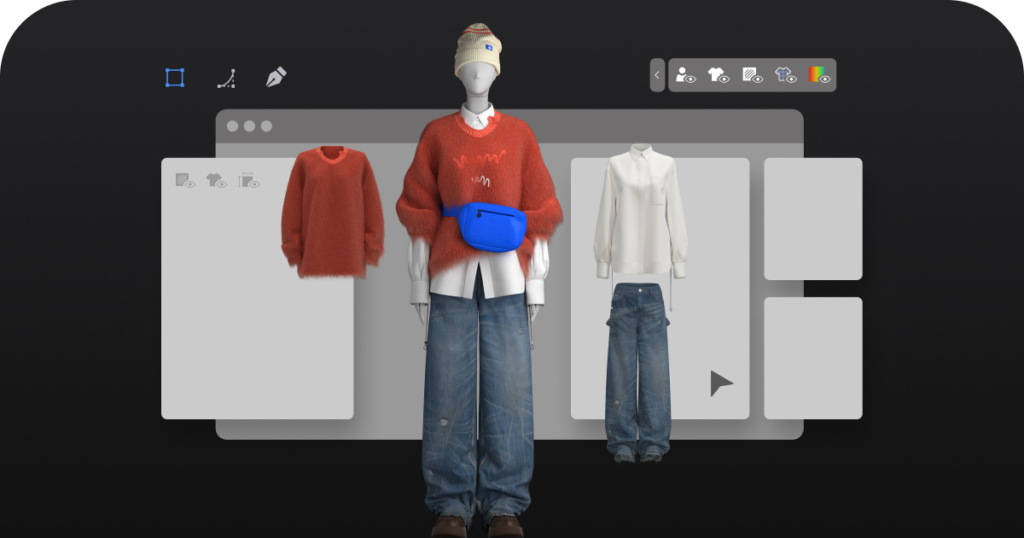Recently, according to feedback from users in North America and Europe, FK High Temperature Bearing Units HT40 Series have been working at high temperature for three consecutive months, running well and achieving the expected results. Users said that FK-HT40 is stable in quality and reasonable in price, and it will completely replace the top ten global brands of local area and become their first choice.
FK High Temperature Bearing Units are widely used in industrial ovens, high temperature spray rooms, food baking equipment, medical supplies production lines, heat treatment production lines, etc.
FK High Temperature Bearing Units are divided into three series according to the requirements of the application scenario
The maximum working temperature of HT40 series is 400 C;
The maximum working temperature of HT26 series is 260 C;
The maximum operating temperature of HT20 series is 200 C.
In addition to high-temperature bearing units, FK also produces low-temperature bearing units LT40 series, minimum operating temperature – 40 C;
With the mass production and supply of FK high-temperature bearing units HT40 series, domestic users will not have to pay sky high prices to buy overseas brands and have more choices.
About FK Bearing
FK is the abbreviation for "Find solution, Keep rotation", it stands for "Provide the best solutions to customers, ensure the application running without problems." This determines that we have to provide products and services from the end user's perspective. We have always focused on bearing part industry, after 50 years development and accumulation, FK is accelerating the transformation and upgrading to be "Bearing Parts Expert and Leading Supplier". FK Bearing Group Co.,Ltd. was orignally founded in 1969 and always focuses on Bearing Units in the past 50 years.
FK has complete industrial chain automatic factory of its own, now FK is one of the biggest bearing parts factories in China with annal production and sales up to 18 million pieces. Bearing units provide simple and effective bearing arrangements capable of accommodating moderate initial misalignment from mounting errors, they are easily mounted onto commercial shafting.The reliability, simplicity and ease of assembly of FK bearing units has resulted in their popularity in sectors of agricultural machinery, mining equipment, textile machinery, fans, woodworking machinery, lifting machine, packaging machinery, fitness equipment, parking equipment and construction machinery as well as process and automation equipment.
To help end users get FK products and services more quickly and conveniently, FK partners create "30 Provinces in China, 72 countries in the world" sales and service network, giving the fastest reponses to any customers. FK, a bearing products expert and leading supplier will contuniue to be one of most professional bearing manufacturer in the world!
Contact FK:
ADD:NO.71-87, LIANTANG ROAD, NORTH INDUSTRIAL ZONE,J IMEI XIAMEN, 361021 CHINA
TEL: 86-592-6689006
E-mail: [email protected]
WEB: www.fk-bearing.com

